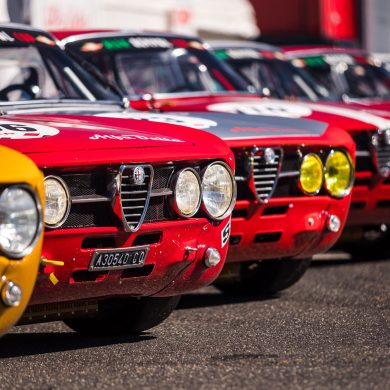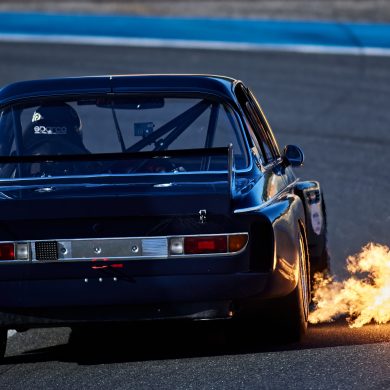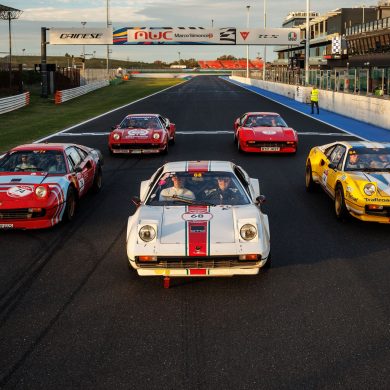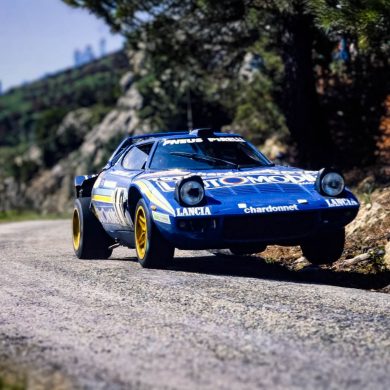This year the London to Brighton Veteran Car Run (LBVCR), the world’s longest running motoring 
While Belgium’s car manufacturers at the end of the 19th century were not as numerous as their French, British or American counterparts, the contribution they made to the advancement of the early motor vehicle were certainly important.
A Belgian born engineer, Jean Joseph Etienne Lenior, is credited as the first person to demonstrate the roadworthiness of a spark-ignition, petroleum fuelled, motorized vehicle when in 1863 he successfully completed several journeys around Paris in an experimental three wheeled wagon.
Henri Pieper was an armaments manufacturer with a factory in Liège who like a number of others engaged in this trade turned to making bicycles in quiet times. Experiments with both petrol and petrol-electric vehicles began in 1897. In 1900 Pieper produced a 3½hp hybrid car which had an electric motor providing additional power for the small petrol engine when the car was going uphill. Larger cars followed but output seems to have been on a small scale prior to the abandonment of motorcar production. Interest continued in petrol-electric applications and the Pieper ‘Auto-Mixte’ system was used for commercial vehicles both in Belgium and Britain until around 1910.
One of the most important Belgian make of car, Minerva, was set up Sylvain de Jong, who at the age of established himself in Antwerp as a bicycle maker and repairer. The two-wheelers were sold under the name Minerva, the goddess of craftsmen and artists, and in 1900, Sylvain, and his brother Jacques, built their first motorcar. After 1904, the factory started to produce more and more cars. Two or four-cylinder engines were fitted into the wooden chassis and the quality was on a level with Rolls-Royce or Mercedes. Similarly to all other manufacturers, the Minerva factory also produced sports cars and the cars were regular participants in races such as the 1905 Paris to Bordeaux.
Another major Belgian manufacturer of the period was the ‘Fabrique National d’Armes de Guerre’, or F.N. for short. In 1895, F.N. produced mainly bicycles, although the first 954cc Voiturette was produced in 1897 and before the First World War, F.N. built 26 different models. In 1902, the wheel was placed at an angle for the first time and, as with virtually all pre-war car manufacturers, F.N. also built sports and racing cars. During the ’30s, the European market was flooded with cheap American cars and the last F.N. passenger car was produced in the factory in Herstal close to Liege in 1935. From that point, the company specialized in the production of lorries and buses.
Léon Nagant established his small-arms factory in Liège in 1859, which after 1870 also produced machine tools and electrical equipment. Various prototype motorcars were made from 1896 and late in 1899 Nagant signed an agreement with the French firm Gobron-Brillié to make its cars under licence. This firm had been established in November 1898 and its cars were powered by a unique two-cylinder opposed-piston vertical engine designed by Eugène Brillié. It was aboard an 110hp Gobron-Brillié that Louis Rigolly became the first motorist to exceed 100 miles per hour in July 1904. After 1904 Nagant made conventional cars, of the highest quality, but following the Great War its market dwindled and car production had ceased by 1929.
The Compagnie Belge de Construction Automobiles was founded by the brothers Alfred and Victor Goldschmidt and in Brussels in 1900 they presented their first motorcar under the name Pipe. The first car was powered by a two-cylinder engine which was followed in 1901 by the 15 CV with a four-cylinder engine. This model proved to be a very good racing car and was immediately used to participate in a Paris to Berlin race. Pipe also built cars with powerful engines, such as the 90 CV from 1903 and the 60 CV from 1904, which was fitted with a 13.5 litre four-cylinder engine. During the First World War, the Pipe factory was partly destroyed and car production only resumed in 1921 was it able to resume manufacturing passenger cars but quickly switched to the manufacture of trucks and buses.
Other period manufacturers based in Belgium include Déchamps, which started to produce a motor tricycle and a voiturette from 1899, built in their factory in Brussels.
The London to Brighton Veteran Car Run, which is a celebration of the Emancipation Run held on November 14 1896, is held over three days. The LBVCR Auction with Bonhams at their New Bond Street salerooms will be held on Friday 30 October, the LBVCR International Concours in Regent Street on Saturday 31 October and the actual Run on Sunday 1 November, with the first car leaving Hyde Park at official sunrise (06:54hrs). An estimated 500,000 spectators attended the LBVCR Run and Concours last year, making it the UK’s largest free-to-view motoring event.
The event is run for cars manufactured up to 31 December 1904. The 2008 LBVCR attracted a maximum entry of 550 vehicles from all over the world. The London to Brighton Veteran Car Run is organized and promoted by Motion Works on behalf of The Royal Automobile Club, an agreement that started from early 2004. A new five-year agreement was reached with Motion Works continuing to organize and promote the event from 2009.
For more information, visit www.lbvcr.com.
[Source: LBVCR]









